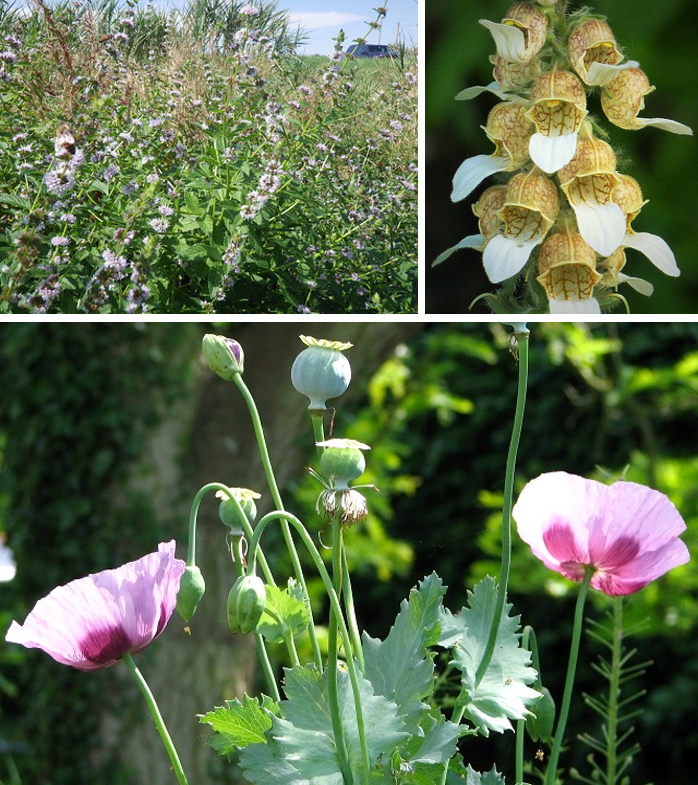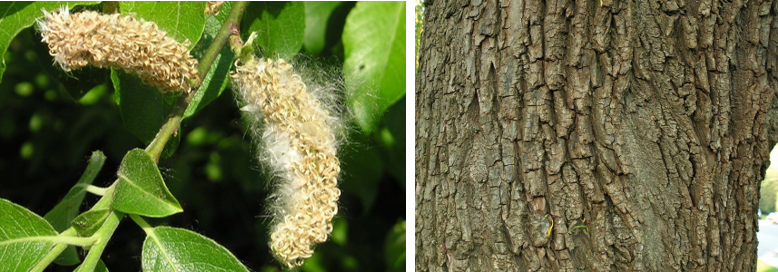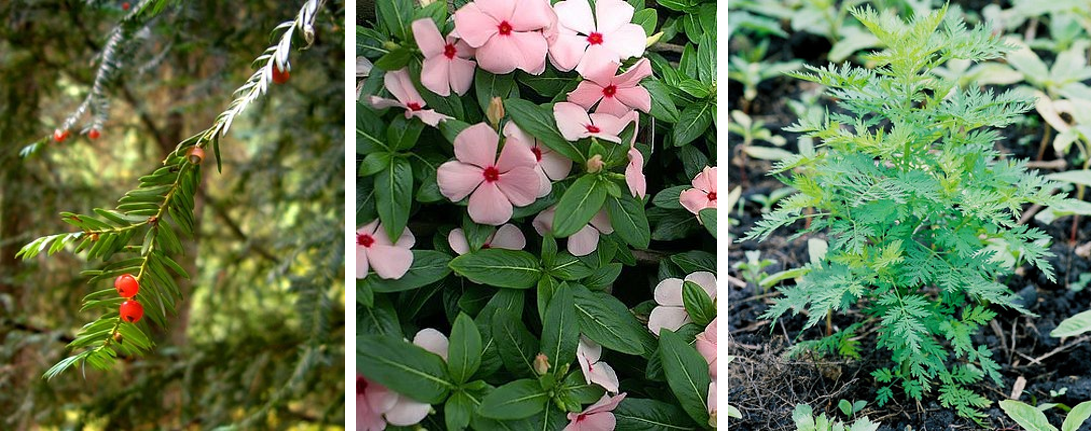3. Plant-based pharmaceuticals
In this book you will learn about the different groups of active ingredients and procedures.
3. Plant-based pharmaceuticals
As plants can neither run away from enemies nor from changing environmental conditions, they have developed other strategies to protect themselves. Secondary plant substances help to protect themselves from predators, keep fungi or bacteria away, attract pollinators or even keep conspecifics away. Secondary plant substances are very specific to certain species or genera and are not found uniformly in all plants. They are usually complex mixtures of substances, which then develop the respective effect. For the most part, it is not just one substance that is effective, but the entire cocktail. A distinction can be made between ingredients that determine efficacy and substances that contribute to efficacy. The latter can, for example, improve absorption in the body.
In most cases, people use the complete mixture of substances extracted from the plant in various ways (phytopharmaceuticals). In some cases, individual pure substances are also isolated and processed like chemically synthesized drugs, such as menthol (from field mint), morphine (from the opium poppy) or digoxin (from the woolly foxglove).

For thousands of years, humans have been using a variety of plant-based active ingredients to treat illnesses and ailments. The discovery of the medicinal effects of certain plant substances has had a decisive influence on today's understanding of medicine. Up to 70 % of medicinal substances are derived from natural substances. Today, some important active pharmaceutical ingredients are artificially synthesized based on nature, such as acetylsalicylic acid, known as the painkiller aspirin, which occurs naturally in willow bark.

